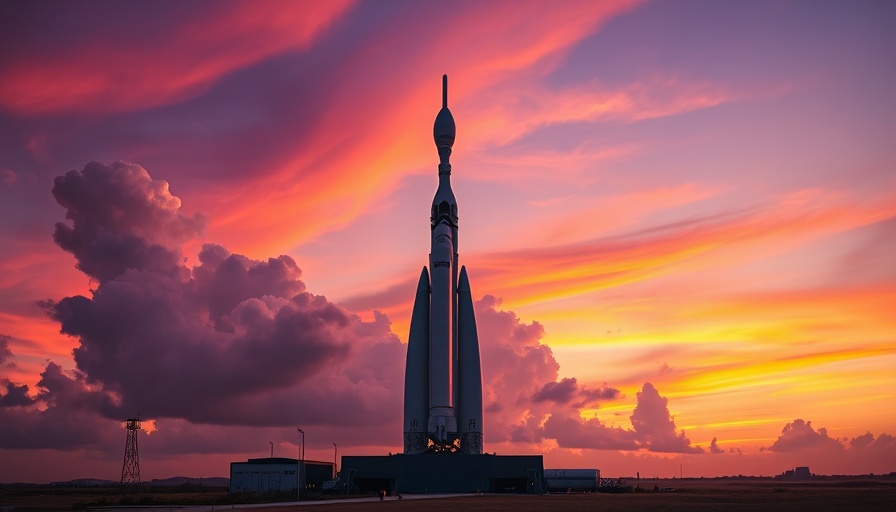
Layoffs Cast Doubt on NASA's SLS Program
Boeing's recent announcement to lay off around 200 employees from its pivotal Space Launch System (SLS) program raises serious questions about the future of NASA's Artemis initiative. This significant workforce reduction comes at a troubling time when evaluating the overall effectiveness and sustainability of the SLS, a massive rocket poised to play a critical role in humanity's return to the moon.
Budget Overruns and Development Delays: A Recipe for Concern
The SLS program has been plagued by financial woes since its inception, costing around $23.8 billion and bearing estimates of $4.1 billion per launch. Critics argue that the funding and focus on SLS have created an opportunity gap for alternatives like SpaceX's Starship, which touts reusable technology that could reduce costs significantly. As reports of layoffs emerge, stakeholders are anxious about whether SLS can remain the backbone of NASA's lunar ambitions, especially when public opinion is swayed by its inefficiencies.
Alternative Pathways: SpaceX and the Future of Lunar Exploration
While Boeing contemplates workforce reductions, Elon Musk's SpaceX remains a strong competitor. Musk advocates for a strategic pivot that could redirect NASA away from the SLS, proposing his Starship as a more viable alternative. Supported by fixed-price contracts, SpaceX is positioned to further explore the Moon and potentially beyond, creating pressure on Boeing to re-evaluate its role in the Artemis program.
The Broader Impact of Layoffs on the Space Industry
The ramifications of these layoffs extend beyond Boeing and NASA. The SLS program currently sustains over 69,000 jobs nationwide. As the workforce shrinks, the economic implications could spread, influencing not just employment, but also the array of suppliers dependent on the SLS. The sentiment surrounding space exploration remains critical to fostering innovation, and disruptions in Boeing's workforce may have lasting effects on the morale within the industry.
What NASA Says: A Commitment to SLS
Despite the precarious situation, NASA has publicly reaffirmed the SLS's crucial role, labeling it 'essential' for Artemis missions. This statement raises eyebrows amidst calls for change, suggesting a complex balancing act of political, financial, and operational interests within the agency, even as doubts loom about the traditional model of space exploration.
Navigating Uncertainty in Space Innovation
The tension between established contractors like Boeing and emerging players like SpaceX highlights a critical moment in space innovation. As NASA moves into an uncertain future, the operational decisions made in the coming months regarding the SLS program could redefine the agency's trajectory for lunar exploration and the broader landscape of commercial spaceflight.
Ultimately, with competition intensifying and the stakes higher than ever, the space community is left waiting to see whether Boeing can adapt to a rapidly changing environment. As the era of space innovation unfolds, keeping myriad options on the table will be pivotal to achieving mission objectives and thrilling the next generation of space explorers.
 Add Row
Add Row  Add
Add 




Write A Comment